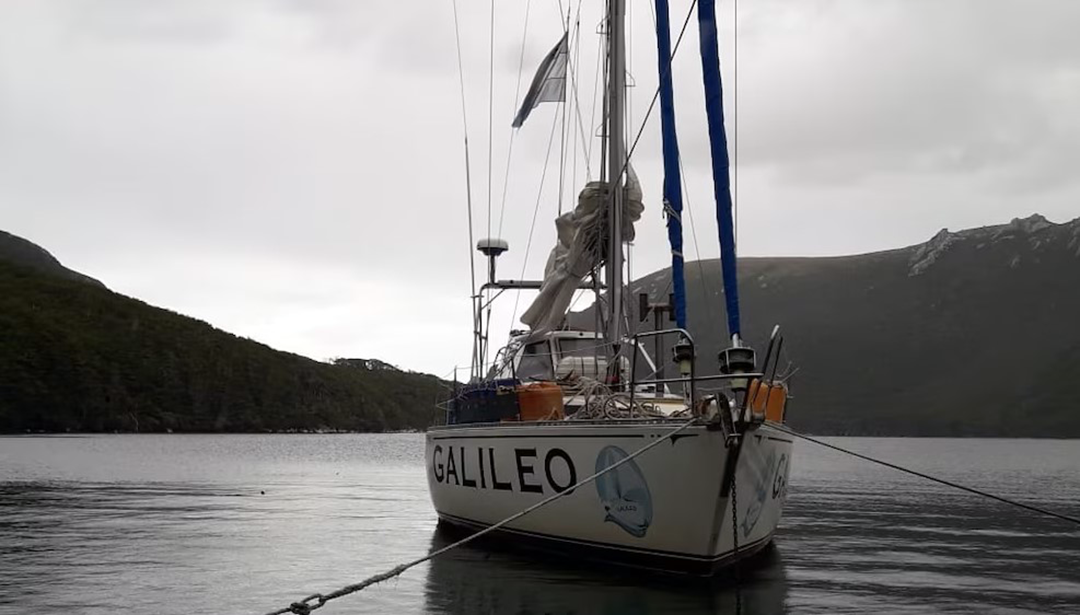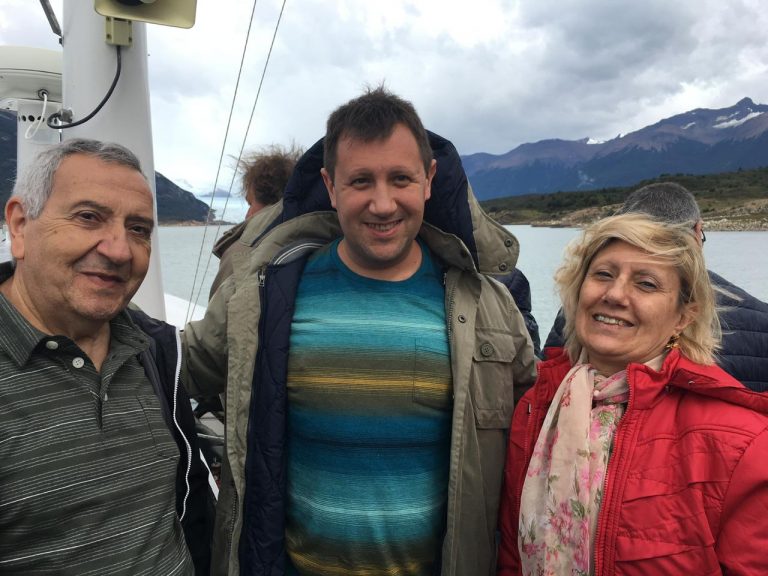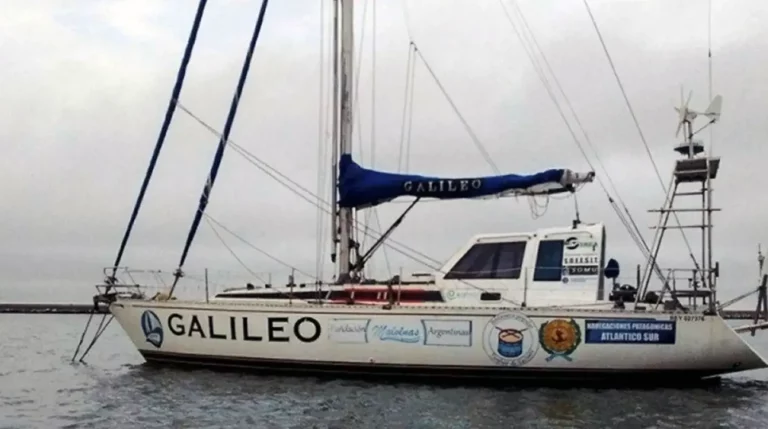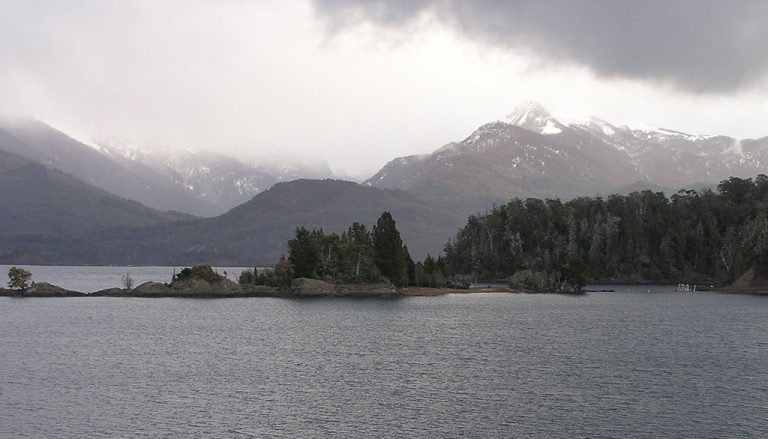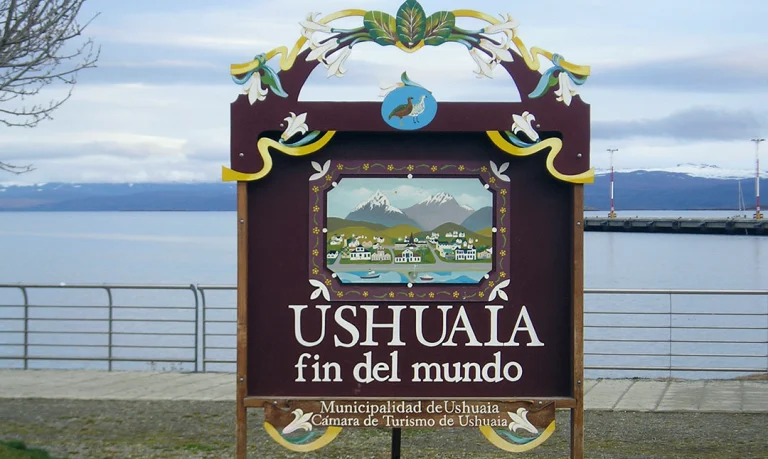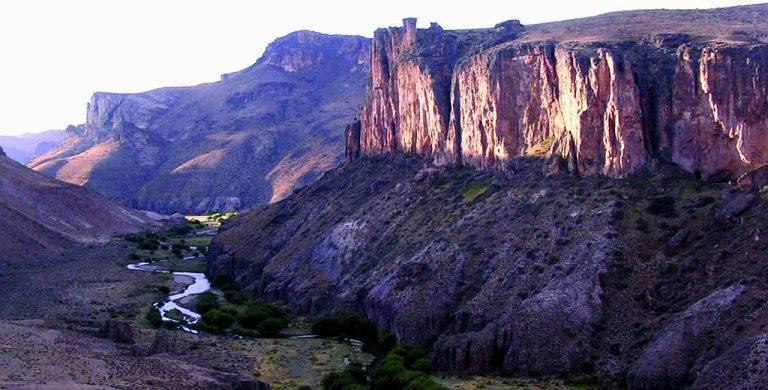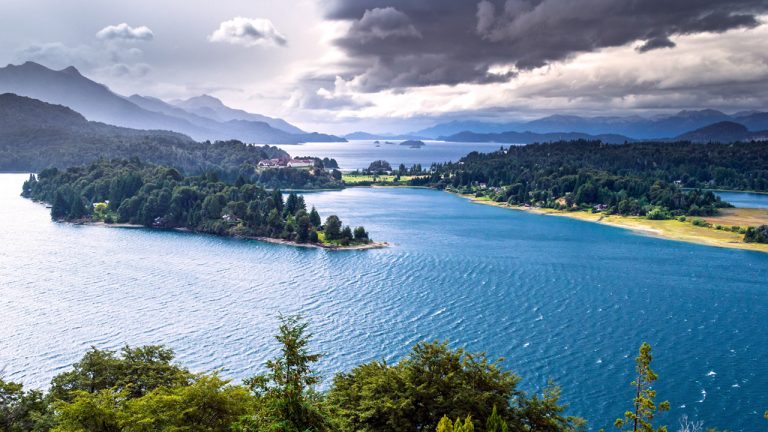This is the 2nd part of the Exclusive Interview with Commander Nilo Navas, conducted by Lic. Carlos Unterstein specially for Patagonia+, where he shares very interesting details about the journey of the Sailboat Galileo in Patagonia and Argentine Antarctica.
From Canal 68 TV and Patagonia+, we are directly connected to the city of Bahía Blanca in the south of the province of Buenos Aires with Commander Nilo Navas, a man who served in the Argentine Navy and has had significant coverage in local, regional, national, and even international media precisely for his expeditions in Argentine Patagonia and the South Atlantic aboard the glorious and great Sailboat Galileo.
Continuation of the 1st part of the exclusive interview about the Patagonian and Antarctic Journey of the Sailboat Galileo Patagonia+
– We are listening very attentively, and what came to my mind, Commander, is that crossing the Drake Passage with the Argentine Navy is one thing, but doing it on a sailboat—what a great challenge that is.
Exactly. When we crossed, we knew the Irízar was two days behind us. These are things we planned to avoid being completely alone, so we knew that in case of any emergency, within two days, someone would have us on radar. Anyway, we always have satellite tracking. Anyone who wants to connect with us via computer or cell phone knows our location 24/7.
– In fact, I’ve communicated with you via satellite while you were sailing.
Exactly, we’ve communicated, and we’ve always been in contact, which is very important because when you’re in the middle of the sea, accidents can happen at any moment.
After leaving Deception Island, we sailed south toward the Antarctic Peninsula, navigating through ice—a very difficult task because the boat is made of plastic, and we had to go very slowly. We had to use the motor, dodging ice as if it were rubble. We passed over small ice chunks, but icebergs and floating ice floes are the dangerous ones. So, we sailed with two people: one at the bow watching the route and another at the helm. The advantage was the perpetual daylight—at 3 AM, it felt like 8 PM in summer here. We were a bit disoriented, sometimes having lunch at 5 PM and dinner at 4 AM. Without night, resting was hard because it was always daytime.
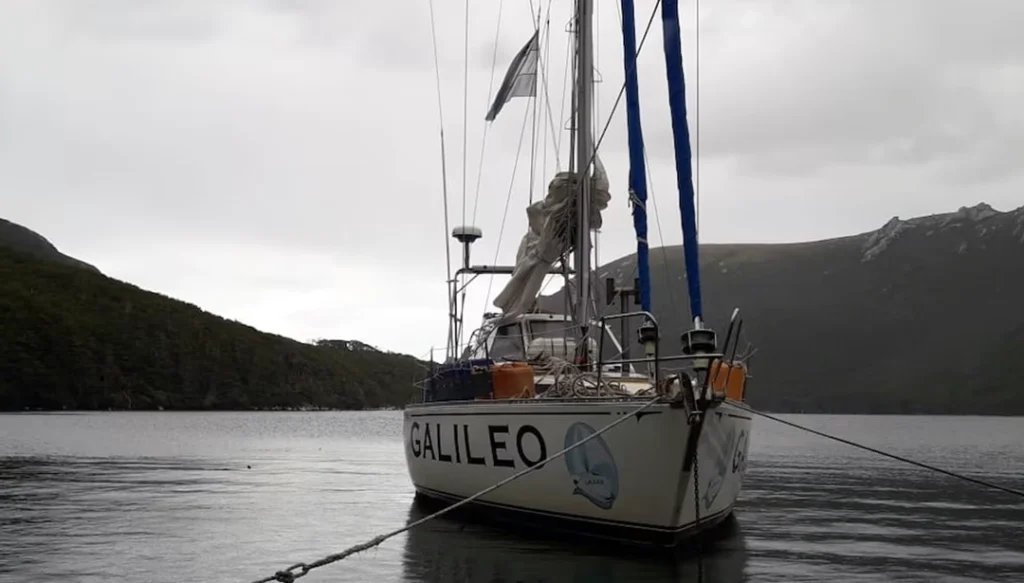
We reached an Antarctic base where we disembarked, then went to Primavera Base, where we greeted scientists and military personnel. We also passed by the Argentine Antarctic Base and the Chilean Videla Base. Something very important to highlight: we entered the British Antarctic Base Lockroy with the Argentine and the Islas Malvinas flags. A National Geographic ship anchored there saluted us, and all the sailors on deck gave a military salute—not because we were Argentine, but as a flag salute, regardless of origin. We spent the whole day at Lockroy without any issues. Of course, we weren’t hostile; we disembarked, walked around, and photographed wildlife: penguins, sea lions, elephant seals, then continued sailing.
But as navigation grew harder, our destination—School No. 36, Raúl Alfonsín, the southernmost school in Argentina (part of Tierra del Fuego at Esperanza Base)—was blocked by ice. A day before arrival, we were told we’d be 500–700 meters from shore, making disembarking impossible due to the risk. So, we changed course to the Argentine Antarctic Base Carlini, where we paid tribute to Commander Unterstein (we carried a photo of him and his father Carlos) and left his image in what we believe is eternal ice.
At Carlini Base, there are about 100 scientists and military personnel. We arrived on a Sunday, were invited for a meal, toured the area, and by evening, checking the forecast, we began our return, crossing again under sail despite a brutal 10-hour storm.
– First, regarding your tribute to my father—who is speaking to you—my wife and my entire family are deeply grateful to you, Commander, and the Galileo crew for such a noble act at Argentine Antarctica’s Carlini Base. That tribute will soon be two years old.
From departure to return, how long did the journey take?
We sailed for exactly 22 days. With five people, organized perfectly—shifts, meals, rest, leisure—it’s a long time without internet (only satellite phone). We read, played cards, talked, rested, reflected. The toughest part was the return: a massive storm. We were sailing at 8 knots (very fast), but radar showed we’d hit a 24-hour storm. We reduced sails, slowed to 3–4 knots, and caught the storm’s tail—8–10 hours of 40-knot winds (equivalent to ~75 km/h on land). In the Drake, with no coastline and 4,000-meter depths, 40 knots feels like 70–80.
– So, 40 knots would be roughly 80 km/h on land?
Exactly. 1 knot ≈ 2 km/h, so 40 knots ≈ 75 km/h. The Galileo handles it well, but there, it’s intensified. We reached Ushuaia on January 28. On February 1, a Russian sailboat arrived (for Antarctica’s 200th discovery anniversary). Those steel boats sail globally, yet that storm broke their mast—they had to be rescued by the Navy’s “Bahía Agradable.” In Ushuaia, the Russians, seeing our plastic boat, muttered, “Plastics, Antarctic, Impossible!” They couldn’t believe we’d made it. Ours was the 6th Argentine sailboat trip to Antarctica. We encourage others—anyone can go to the Caribbean or Brazil, but you must go south: Ushuaia, Cape Horn, Antarctica. We don’t want to be the only ones; we want many to go.
Now, we’re preparing the 2022 journey: Ushuaia – Cape Horn – Staten Island – Mar del Plata. After 3 years in Ushuaia, we’re bringing the boat to Mar del Plata.
– Commander, before ending, for people watching in Argentine Patagonia and Ushuaia: can they visit and photograph the Galileo freely?
Yes. In Ushuaia, the Galileo is usually docked, but unlike Buenos Aires or Mar del Plata (with marinas), it’s moored at a buoy for safety—like in Necochea or Puerto Madryn.
– How far is the Galileo from shore now?
About 500 meters. You can take perfect photos—I get sent photos daily. This winter, I bought two new engines and upgraded systems. In late February, we’ll test them sailing to Cape Horn, the Belgrano sinking site, Staten Island, then Mar del Plata. We planned a Peru trip (replicating San Martín’s Valparaíso-Callao campaign), but due to pandemic port closures, we’re bringing the boat to Mar del Plata for maintenance (closer to Bahía Blanca, 400 km vs. Ushuaia’s 2,000 km). Next goal: a two-year world circumnavigation, already planned with two confirmed crewmates.
– Truly fascinating, Commander Navas. On behalf of Canal 68 TV and PatagoniaMas.com, thank you for this interview. You can count on both media outlets to cover your Patagonian expeditions—and future global voyage.
Thank you, Carlos. If I may, I’d like to name the crew. Onboard, everyone matters—it’s like a soccer team; no single star carries it. We seek both personal and professional quality because we spend so much time together.
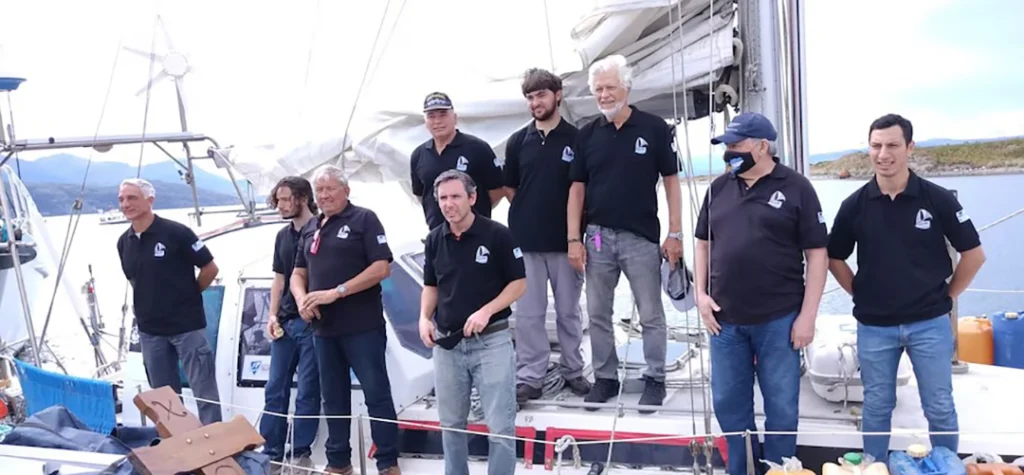
Aboard the Galileo are: Argentine Navy Captain Andrés Andonil, Marine Lieutenant Jota Patoco, nautical pilot Damián Galera (Mar del Plata), bosun Mario Montserrat (Bahía Blanca), nautical captain Matías Miguez, and helmsman Facundo Antonini (22, a rising star). This core group has sailed over 23,000 km across Patagonia. Carlos, greetings to your audience, your family, and we’re always available.
– Thank you, Commander Navas. A big hug.

